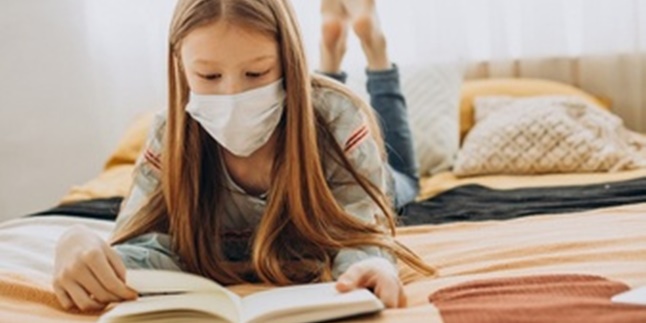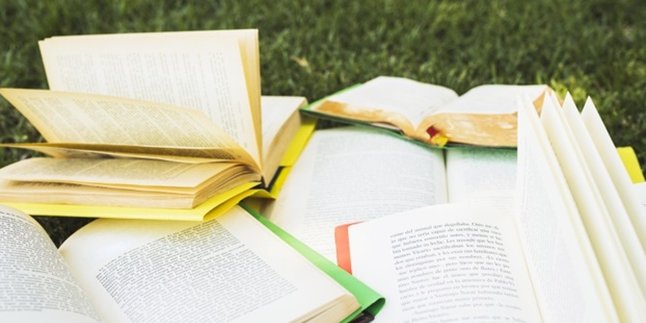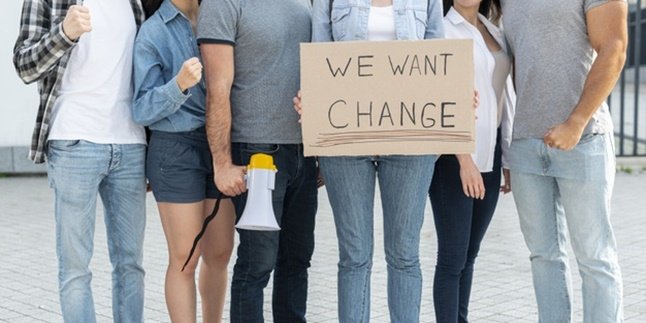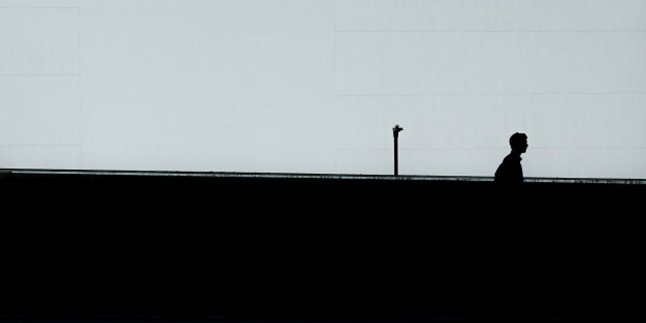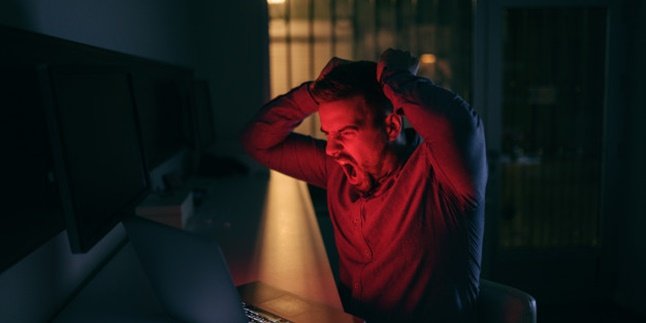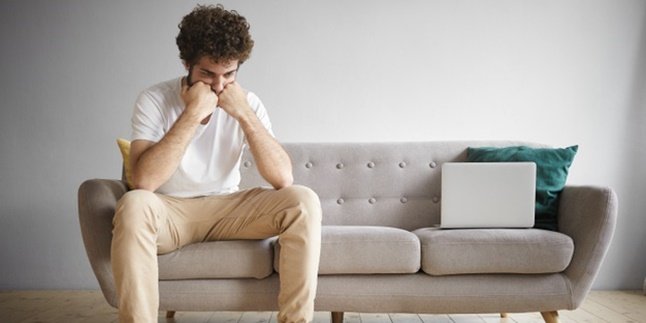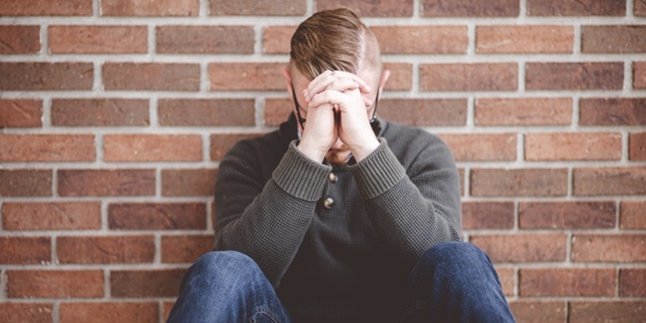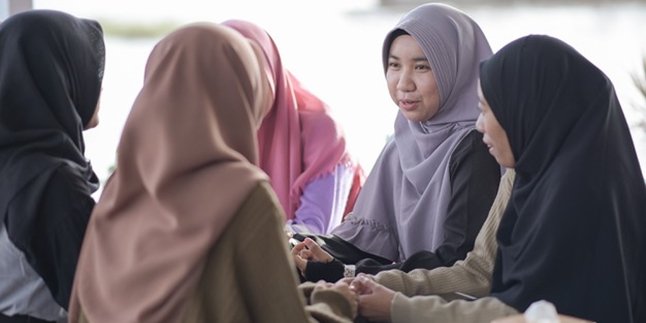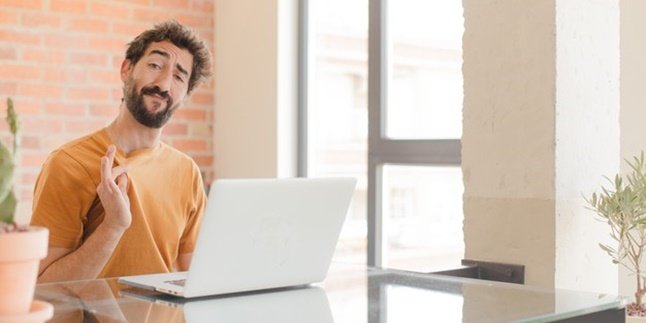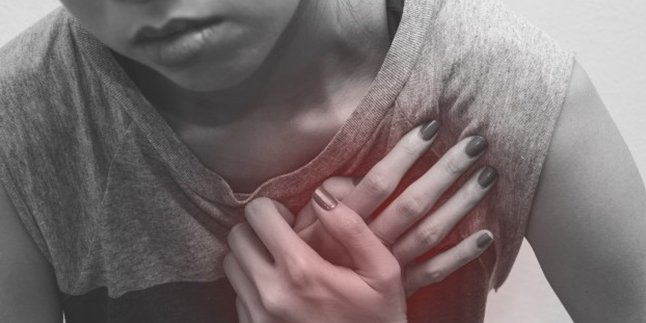Kapanlagi.com - Children are one of the vulnerable groups to be infected with the corona covid-19 virus. Even according to merdeka.com, the Indonesian Pediatrician Association (IDAI) states that the number of child deaths due to Covid-19 in Indonesia is the highest in the world. Therefore, as a preventive measure, it is essential for every parent to know the self-isolation health protocol for children with positive covid-19.
In children, the corona covid-19 virus can attack more aggressively. This is because children tend to have an unstable immune system. Therefore, the handling of children who are positive for covid-19 is slightly different from adults. There are several things that need to be considered as health protocols when conducting self-isolation for children.
Summarized from various sources, here are some steps that need to be considered as health protocols for self-isolation for children with positive covid-19.
1. Prepare a Comfortable Room
The first step related to the self-isolation health protocol for children with positive covid-19 is to provide a special room. Because children tend to get bored, parents should ensure that the isolation room is comfortable to occupy.
Equally important, make sure the room has adequate ventilation. Parents can also provide toys or other objects that can make the child feel more comfortable.
2. Always Wear a Mask
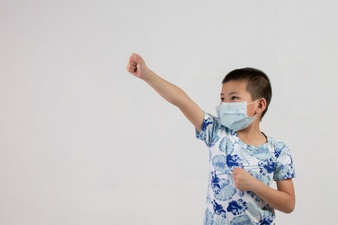
(credit: freepik)
Wearing a mask has become part of our daily lives. It is important to emphasize that children should always wear a mask during self-isolation. The moment of self-isolation is the right moment for parents to teach their children how to properly wear and remove a mask.
To avoid feeling suffocated, children are allowed to remove their masks when alone in the room. In addition, make sure that parents or caregivers always wear their masks when near a child who is undergoing self-isolation.
3. Diligently Washing Hands

(credit: freepik)
In addition to wearing masks, washing hands has also become a new habit during this pandemic. Parents should teach children the proper way to wash their hands. Especially during isolation, emphasize to children the importance of washing hands. Especially after doing various things such as before eating, after coughing, when in the bathroom, and so on.
4. Implementing Social Distancing
Always maintaining distance is also important during this pandemic. Especially when someone is undergoing self-isolation at home. If a child is diagnosed with COVID-19, make sure that parents or caregivers are in good health. To minimize transmission, always maintain distance and wear a mask when taking care of the child who is undergoing isolation.
Maintaining distance is also applied when the child is sleeping. Parents and children should sleep separately or in different rooms.
5. Implementing Cough and Sneeze Etiquette
Another important protocol for self-isolation for children with positive covid-19 is to implement cough and sneeze etiquette. As we know, the corona virus covid-19 spreads through droplets and the air. Therefore, this virus can be released and spread when someone is coughing or sneezing.
By implementing cough and sneeze etiquette, the spread of the virus can be reduced. Teach children to always cover their mouth and nose with their elbow, tissue, or the sleeve of their shirt when they cough or sneeze.
6. Regularly Check Body Temperature
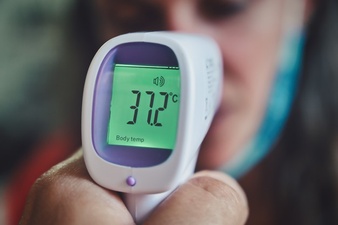
(credit: freepik)
Corona virus covid-19 infection is often characterized by a number of symptoms. One of the most common symptoms is having a fever. Therefore, regularly check your child's body temperature, at least in the morning and afternoon. The goal is to detect your child's condition as early as possible.
When your child has a high fever, parents can give them paracetamol. However, if the fever does not subside, parents can immediately contact a doctor.
7. Pay Attention to Children's Breathing
Shortness of breath is also a common symptom of COVID-19 experienced by many people. Therefore, make sure to check the child's breathing rate. In children, especially infants, a breathing rate of more than 60 times per minute can be an indication of the child's poor health condition.
8. Check Oxygen Saturation and Pulse Frequency

(credit: freepik)
Checking oxygen saturation and pulse frequency in children during self-isolation is also something that every parent should do. Therefore, for the smooth process of self-isolation, it is advisable to prepare an oximeter device. This way, oxygen saturation can be monitored. If there is a sudden drop in saturation, parents can immediately seek medical help.
9. Provide Nutritious Food

(credit: freepik)
Equally important for the healing and recovery process, parents must provide children with nutritious food during self-isolation. Make sure the child receives a balanced intake of nutrients, such as carbohydrates, proteins, fats, vegetables as a source of vitamins and minerals.
10. Provide Enough Breast Milk (For Babies)
For infants, parents must also ensure an adequate supply of breast milk. Adequate breast milk is believed to help increase antibodies. Thus, the healing and recovery process can proceed more quickly.
Those are among the 10 steps of self-isolation health protocols for children who test positive for COVID-19. Hopefully, this information can increase knowledge and be beneficial in saving the little one from COVID-19!
(kpl/psp)
Disclaimer: This translation from Bahasa Indonesia to English has been generated by Artificial Intelligence.
